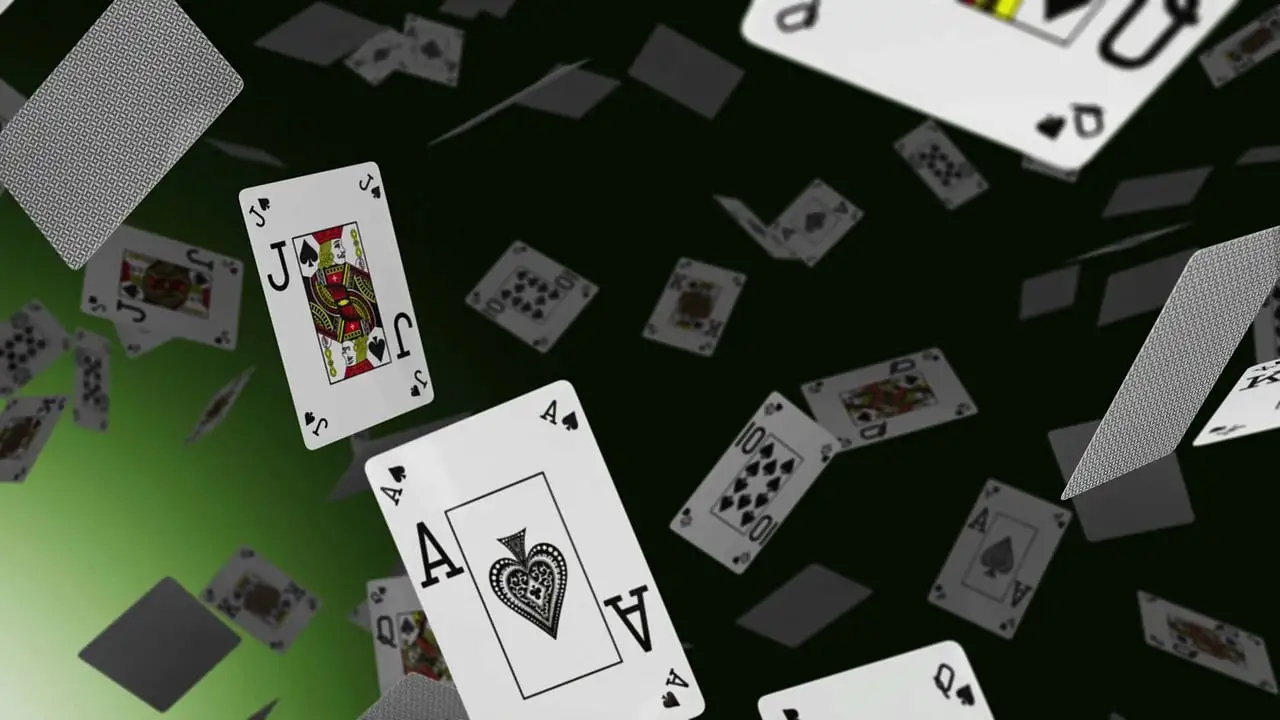Blackjack: Mastering the Art of Twenty-One

In the realm of casino betting, few games require as much skill, strategy, and intuition as blackjack. Originating from French casinos in the 18th century, blackjack has become a cornerstone of modern gambling establishments, captivating players with its blend of simplicity and complexity. In this comprehensive guide to blackjack, we’ll explore the fundamentals of the game, delve into strategic gameplay, and uncover the secrets to success at the blackjack table.
The Basics of Blackjack:
At its core, blackjack is a card game played between one or more players and a dealer. The objective is simple: achieve a hand value as close to 21 as possible without exceeding it. Players are dealt two cards initially and have the option to “hit” (receive another card) or “stand” (keep their current hand). The dealer follows a set of rules dictated by the casino, typically hitting until reaching a hand value of 17 or higher.
Understanding Card Values:
In blackjack, card values are straightforward: numbered cards are worth their face value, face cards (i.e., Jacks, Queens, and Kings) are each worth 10 points, and Aces can be worth either 1 or 11 points, depending on the player’s preference and the context of the hand.
The Blackjack Table:
The blackjack table is a familiar sight in any casino, featuring a semi-circle layout with designated spots for players to place their bets and receive cards. Alongside the betting area, players will find additional markings indicating rules for splitting pairs, doubling down, and insurance bets.
Key Gameplay Options:
While the objective of blackjack is simple, players have several strategic options at their disposal to maximize their chances of winning:
- Hit: Requesting another card from the dealer to improve the value of your hand.
- Stand: Declining any additional cards and sticking with your current hand.
- Split: If dealt a pair, splitting the cards into two separate hands and placing an additional bet equal to the original.
- Double Down: Doubling your original bet after receiving your first two cards, with the condition of receiving only one more card.
- Insurance: Taking insurance if the dealer’s face-up card is an Ace, betting on the possibility of the dealer having a blackjack.
Strategies for Success:
While blackjack is partly a game of chance, strategic gameplay can significantly influence the outcome. Some essential strategies include:
- Basic Strategy: Utilizing a set of predetermined rules based on the player’s hand value and the dealer’s upcard to determine the optimal move in each situation.
- Card Counting: A more advanced strategy involving keeping track of the cards that have been dealt to predict the likelihood of certain cards appearing in future hands.
- Bankroll Management: Setting limits on bets and managing your bankroll effectively to minimize losses and maximize potential profits.
The Thrill of Blackjack:
What sets blackjack apart from other casino games is its perfect blend of strategy, skill, and anticipation. With each card dealt and decision made, players experience a unique combination of excitement and tension as they strive to outplay the dealer and beat the odds.
Conclusion:
Blackjack stands as a testament to the timeless appeal of casino betting, offering players a captivating blend of strategy and chance that continues to enthrall enthusiasts worldwide. Whether you’re a seasoned blackjack pro or a newcomer to the game, the allure of blackjack lies in its ability to deliver moments of exhilaration, challenge, and the potential for substantial winnings. So, take a seat at the table, place your bets, and immerse yourself in the thrilling world of twenty-one as you strive to beat the dealer and emerge victorious in the game of blackjack.





